Jindoji Temple
- About
- Location & Admission
- Photo Gallery
-
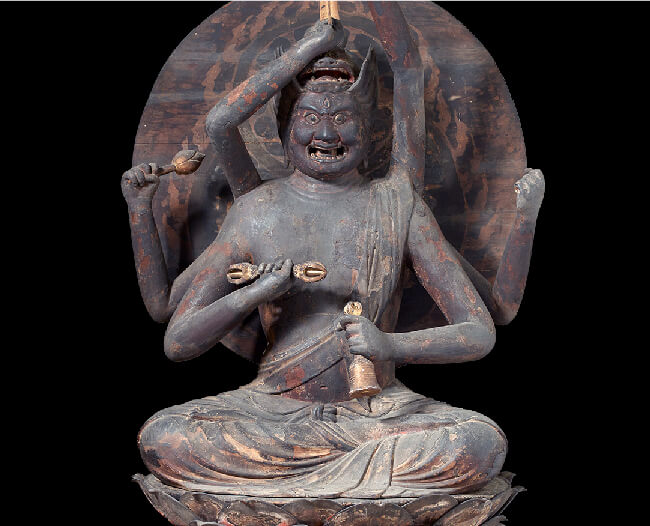
-
Opening hours 9:00-17:00 (Reservations required) Entrance fee 500yen TEL 0774-86-2161 Address 112 Jindoji Fusedani,Yamashiro-cho,Kizugawa-shi,Kyoto,619-0203 Access
About 30 minutes on foot from JR Nara Line "Tanakura" station./About 15 minutes by taxi from Kintetsu Nara Line "Shin-Hosono" station or JR Gakkentoshi Line "Hōsono" station.
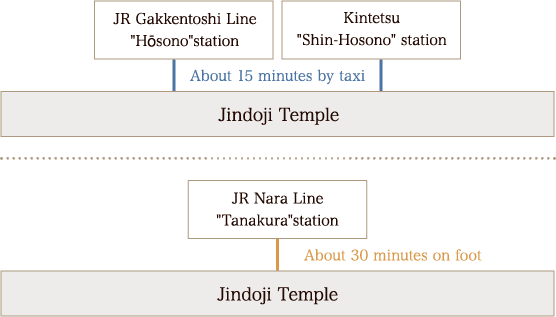
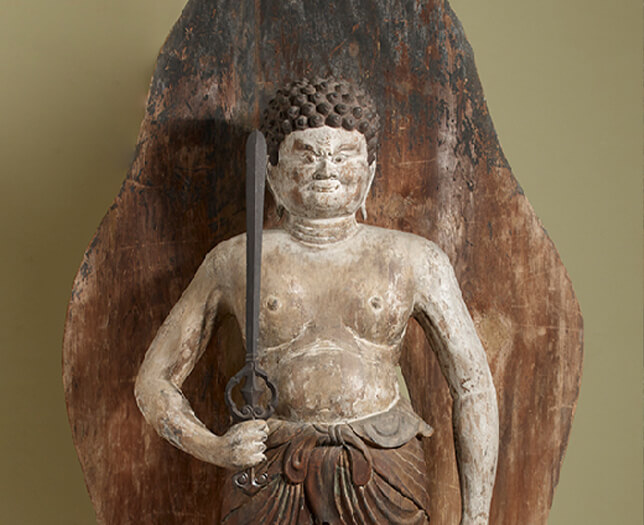

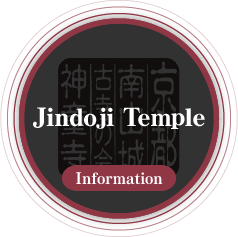
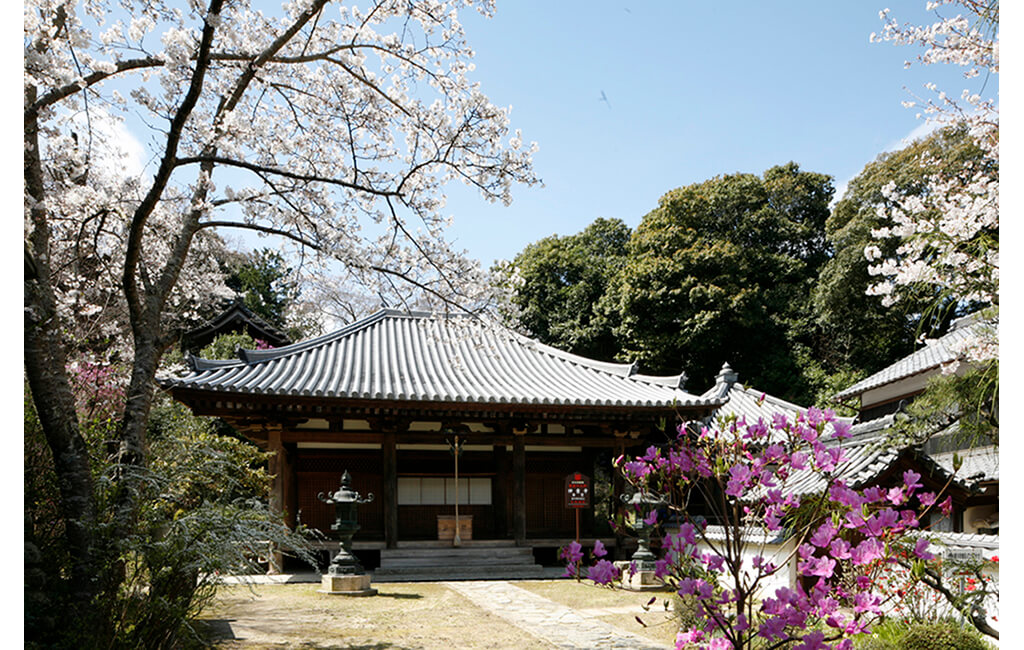
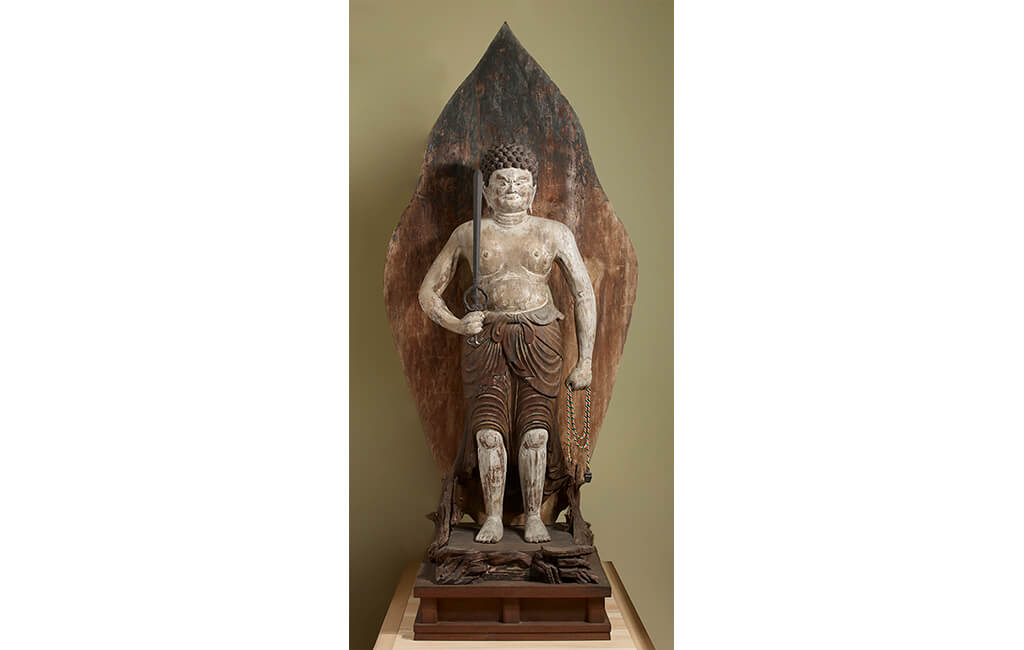
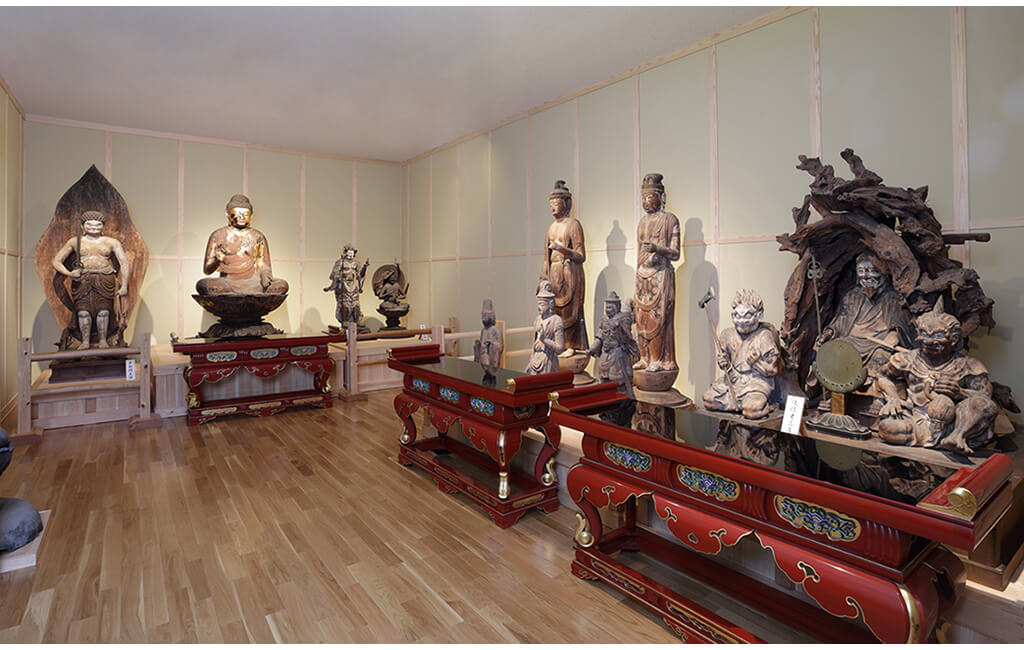
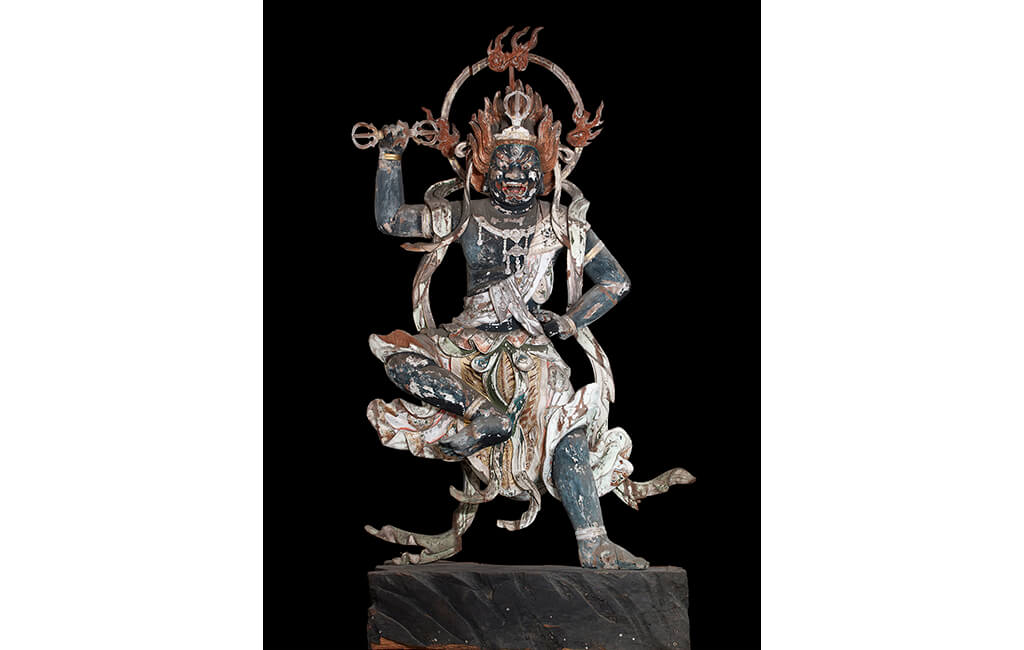
Jindoji Temple is a small Buddhist temple located in a quiet town. This is an area where mountain Buddhism has prospered, and practitioners of Shugendo, a type of Japanese mountain asceticism that incorporates both Shinto and Buddhist concepts, have long had power and influence. Apparently, Jindoji was an important center for Shugendo practices during the Heian period (794–1185). The Main Hall is an Important Cultural Property of Japan. Behind this building is a repository of various consecrated Buddhist statues that are also Important Cultural Properties. Jindoji Temple’s grounds are famous for their scenery, which is beautiful in any season. Every year on the second Sunday of September, the temple holds its largest service where the goma fire ritual is performed and practitioners walk over hot coals.
History
There are many theories about the origins of Jindoji Temple, and exact details are unknown. However, it is thought that the temple was established in 596 by Prince Shotoku (574–622), a regent who ruled Japan from 594 to 622. He was also a strong supporter and promoter of Buddhism, which had only recently been introduced to Japan at the time of his rule, incorporating some of the religion’s tenets into his edicts and laws. The name Shotoku was bestowed upon him after his death in praise of his virtue and merit.
En no Gyoja is the ascetic and mystic held to be the founder of a type of mountain asceticism unique to Japan called Shugendo. In 675, Jindoji Temple legend says that En no Gyoja visited this temple to further his training. It was then that two divinities, in the shape of children, appeared before him. En no Gyoja was so awed that he carved a statue of Zao Gongen, a deity that is central to Shugendo. It was enshrined at this temple, which was then named Jindokyogokokuji Temple. It is by this act that mountain asceticism is said to have spread to the area, making this temple an important center for Shugendo practitioners.
In the late Heian period (1177–1181), war brought about many fires that destroyed numerous structures in the area, after which the temple fell into disuse. The Zao-do Hall that enshrines a statue of Zao Gongen was rebuilt in 1406 and continues to serve as the Main Hall today.
As Japan industrialized in the Meiji period (1868–1912), the Japanese government declared the separation of Buddhist and Shinto religious facilities and suppressed Shugendo as an inappropriate mixture of the two religions. Following World War II, with the passing of the 1947 Constitution, freedom of religion was guaranteed in Japan, and followers of Shugendo were once again free to openly practice their faith.
Treasures and Artifacts
Jindoji Temple has several Important Cultural Properties. These include its Main Hall, which was built in 1406, and the many consecrated Buddhist statues in its reliquary. The reliquary is a veritable Heian-period museum exhibit with several awe-inspiring statues from that era (794–1185) on display. Visitors can walk past the fire pit behind the Main Hall used for the goma fire ritual, enter the reliquary, and view Buddhist statues such as the Seated Aizen Myo-o, the Standing Fudo Myo-o, the Seated Amida Nyorai, and the Standing Nikko and Gakko Bodhisattvas.
Main Hall
After being destroyed by fire, the hall that enshrines Jindoji Temple’s principal deity, Zao Gongen, was rebuilt in 1406. Also called Zaodo Hall, it still serves as the Main Hall today. This building is recognized as an Important Cultural Property.
Enshrined in the Main Hall is a statue of the temple’s principal deity, Zao Gongen. Zao Gongen is a deity central to the Japanese form of mountain asceticism known as Shugendo, which champions harsh training as the path to enlightenment. Zao Gongen resembles Fudo Myo-o (literally “Immovable,” a wrathful protector of Buddhism), wearing a fierce expression. His representation here differs from that of Fudo Myo-o in that his right hand is raised and right foot is placed forward. Jindoji Temple’s original Zao Gongen is believed to have been carved by En no Gyoja, the ascetic and mystic held to be the founder of Shugendo, when he visited the temple. The current Zao Gongen dates back to the Muromachi period (1336–1573).
It is rare to find representations of Zao Gongen as large as the one at Jindoji Temple. It is generally thought that the temple enshrined Zao Gongen as its principal deity because Jindoji Temple was a place of serious contemplation and intense training, and thus the temple sought a deity with a stern countenance that exemplified austerity and self-restraint.
Several Important Cultural Properties
In the repository behind the Main Hall of Jindoji Temple are several Buddhist statues from the Heian period (794–1185). A few that have been designated Important Cultural Properties of Japan are listed below.
Seated Aizen Myo-o
Aizen Myo-o is popularly known as a deity that transforms worldly desire into spiritual awakening. This deity is often depicted in varying shades of red and is called upon to help in matters of passionate love. Much like Cupid, Aizen Myo-o sometimes holds a bow and arrow. Jindoji Temple’s Seated Aizen Myo-o statue is referred to as the Sky Bow Aizen (Tenkyu Aizen) because its bow and arrow are pointed skyward, a posture that is unusual for Aizen Myo-o figures. There are only four Aizen Myo-o statues that are designated Important Cultural Properties. This Aizen Myo-o is 64.5 cm tall and made of wood.
Standing Fudo Myo-o
Fudo Myo-o is a Wise King believed to protect the faithful and to guide followers with the fierce love of a parent. Jindoji Temple’s statue, called the White Wave Fudo (Namikiri Shiro Fudoson) is almost childlike in appearance, with the wave motif reflected in his flowing attire and the curled ringlets atop his head. He also flashes small fangs. There are only four like it in Japan, and this is the only one that is white in color. It is 162.1 cm tall and made of wood.
Seated Amida Nyorai
Amida Nyorai is the Lord of the Western Paradise of Ultimate Bliss and is the Buddha who leads the souls of the dead to be reborn there. This statue of Amida Nyorai is 137 cm in height, made of wood, and is believed to have been made in imitation of the one at Byodoin Temple.
Standing Nikko and Gakko Bodhisattvas
These two paired statues are bodhisattvas who represent sunlight and moonlight. While they usually flank the sides of Yakushi Nyorai, the Buddha of Healing who relieves suffering, this pair at Jindoji Temple now stand alone. Usually Nikko has its left hand raised and Gakko has its right hand raised, but in somewhat rare fashion, both statues in this pair have their left hands raised.